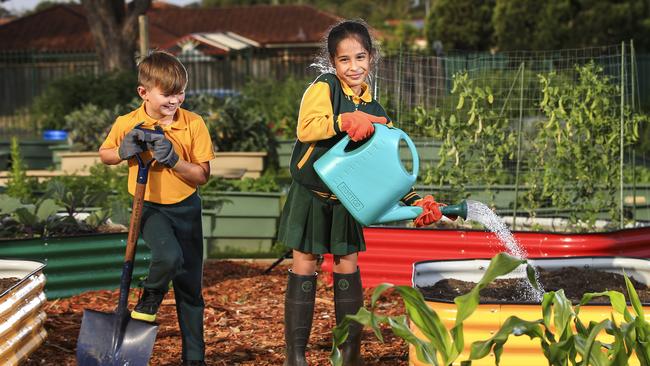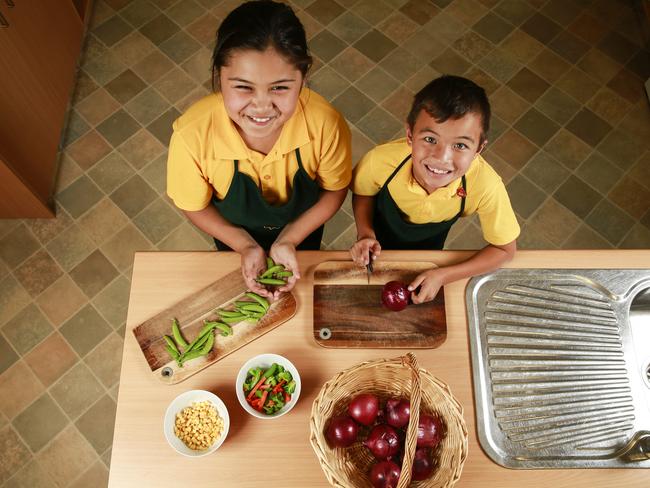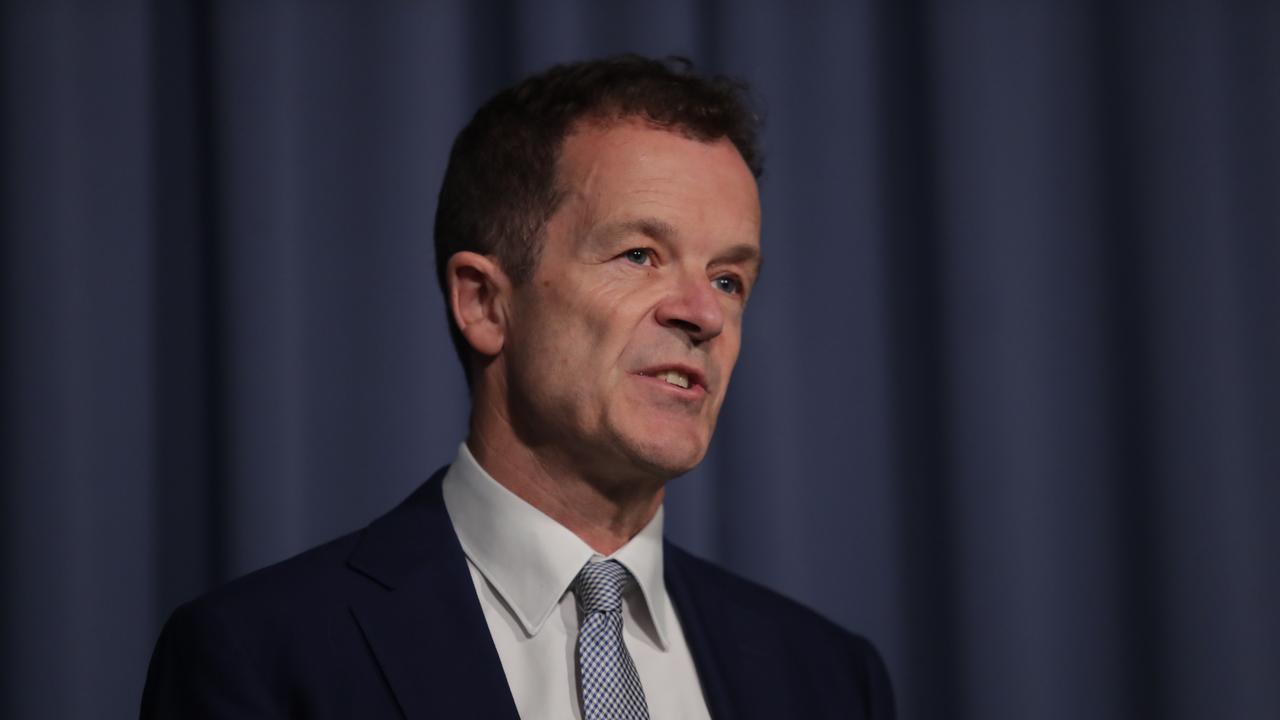Obese kids and teenagers: Rate rise worries health experts
EXCLUSIVE: Fourteen per cent of children and teens now so overweight that they are at risk of serious cardiovascular disease.

NSW
Don't miss out on the headlines from NSW. Followed categories will be added to My News.
Obesity-blind parents are fuelling a generational health crisis, with 14 per cent of children and teens now so overweight that they are at risk of serious cardiovascular disease.
NSW Health figures reveal 22.9 per cent of primary school children and 27.4 per cent of high school students are overweight or obese.
The proportion of overweight adolescents “significantly” increased by 5 per cent from 2010 to 2015, the NSW School Physical Activity and Nutrition Survey (SPANS) 2015 data reveals.

The proportion of adolescents considered obese also increased. Fourteen per cent of children have abdominal obesity — an “alarming” indication of cardiovascular risk.
Among children from low socio-economic backgrounds, that rate rose to 23 per cent.
Yet the report also found that 73 per cent of parents of overweight children and 30 per cent of parents of obese children mistakenly believed their child was “about the right weight”.
“If parents are not able to perceive the weight status of their child accurately, the child is less likely to receive the necessary support to make healthy lifestyle changes and achieve healthy weight status,” the report found.
“Statistics show us it gets worse in high school.”
The five-yearly review of schoolyard health also reveals just one in 20 children and one in 10 adolescents eat the recommended serve of vegetables.
And 16 per cent of children and 40 per cent of teens regularly skip breakfast, the most crucial meal of the day.
The data showed children of a healthy weight were more likely to eat breakfast.
High-calorie sports and energy drinks were noted as an emerging problem. Overall, 6 per cent of primary school children consumed energy drinks, but that rose substantially to 21 per cent of Year 6 children.
The report highlighted the time children spent inactive — on average three hours and 43 minutes each weekday, outside school hours, and six hours and 40 minutes a day on weekends.

This went hand-in-hand with screen time, with 80 per cent of children exceeding the recommended two hours of screen time on weekends.
The report also found children from Middle Eastern backgrounds were less likely to eat breakfast and were more inactive, but hit screen time limits. They were also more likely to drink soft drink and eat junk food and be driven to school.
Children from Asian backgrounds were found to get enough sleep and brush their teeth but were more inactive and had higher levels of screen time compared with children from English-speaking backgrounds.
“It appears that they are getting the message.”
The significant increase in obesity among high school students came as weight and fitness issues overall stabilised in primary school children.
Office of Preventive Health director Chris Rissel said the government may need to develop additional programs to combat obesity in teenagers, similar to the highly successful Crunch & Sip and Live Life Well @ School primary programs.
“There has been a lot of work gone on in primary schools and in the early years and it appears that they are getting the message,” he said.
Health Minister Brad Hazzard said the childhood obesity level was not acceptable. “Together we’ve made some inroads in slimming down primary school children but it’s still not as good as it could be and the statistics show us it gets worse in high school,” he said.
“Getting kids to eat smarter and exercise more is a challenge. Every parent, grandparent, carer and the community need to take this seriously because obese children grow into obese adults.”
Overall, the key findings from the report were dire.
Physical activity and active travel to school were low, consumption of take-away food, soft drink and junk food were high and diets were lacking in vegetables. Screen time continues to be an issue.
IN OTHER NEWS: OVERSEAS BUDGET SURGERY

However, there were some improvements since 2010 with increases in the number of children and teens eating enough fruit and vegetables and fewer eating junk food.
One school making inroads in increasing vegetable consumption is Hebersham Public School, where principal Betty Papandreou said after teaching one too many students who believed all food “came from a packet” she decided to take a stand.
The school introduced a vegetable garden and cooking lessons to help children learn about healthy eating.
“When kids are involved in the process they become so much more excited about eating healthy,” Ms Papandreou said yesterday.
“We’ve had parents ask ‘How on earth are you getting them to eating vegies, they’ll never eat them at home’ and I’ve said they will if you get them eating from their own vegetable garden. So a lot of the parents have even started their own patches at home.
“If a child ever doesn’t have their lunch we’ll provide them with fruit and vegetables, so it’s incredibly important to us.”


